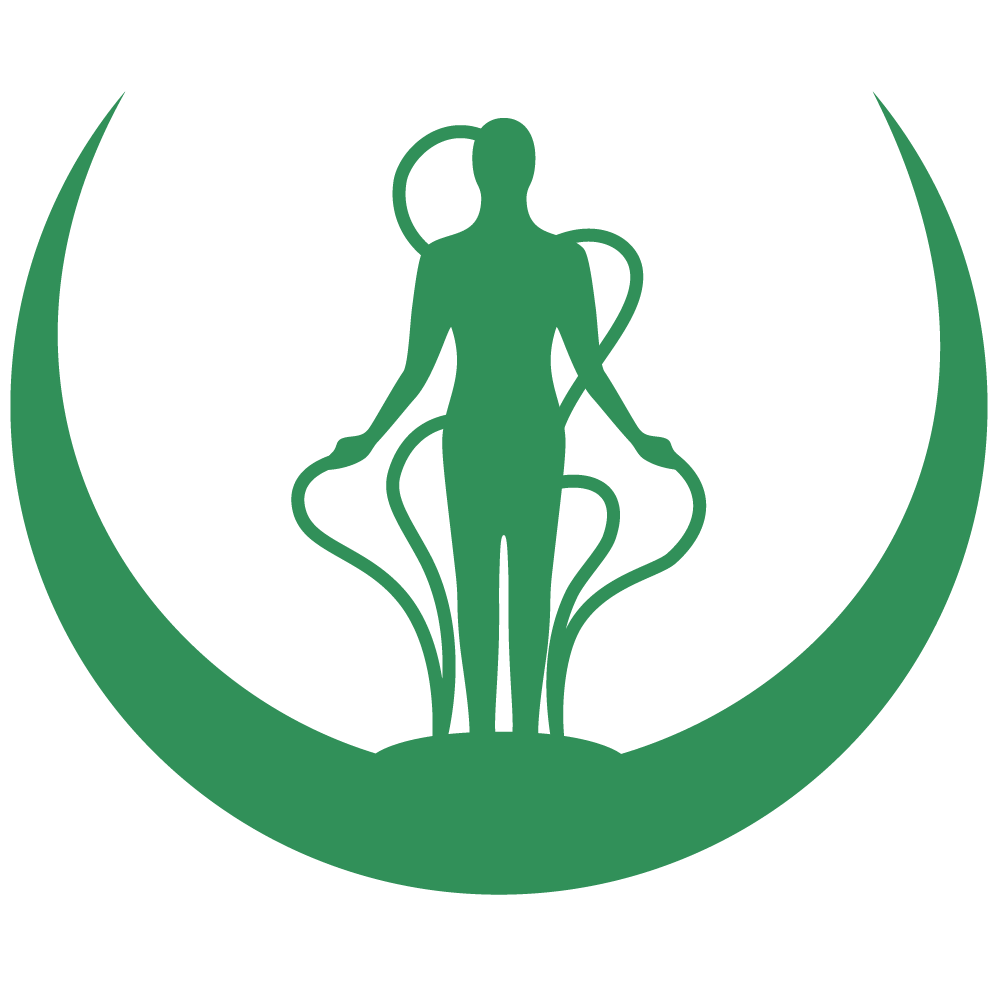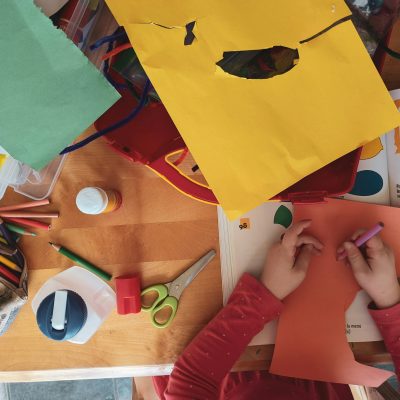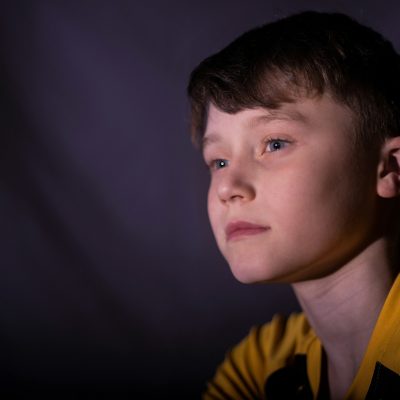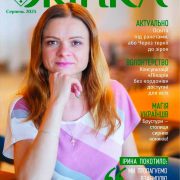Training “Physiognomy for teenagers”
PRACTICAL business training for teenagers in the direction of “PHYSIOGNOMICS for teenagers”.
Working with a teenager:
Practical psychologist, professional in physiognomy, expert – physiognomist Anisimova Alisa Igorevna.
Target audience:
The training program is designed to:
Group A – 14-15 years old,
Group B – 16-18 years old.
Form of training:
Individual face-to-face classes (Kiev).
Group trainings, with a group of 4 people or more.
Materials for training – provided by the psychologist.
After each session – the teen has homework to study and creative work to develop their Personality.
Requirements for parents to start the training:
1. the date, month and year of the child’s birth,
2. gender,
3. 4 electronic photos of your child: 2 faces and 2 full-length (so that you can see the physique) – for his/her physiognomic diagnosis.
Language of instruction:
Russian
Term of study:
At the request of the client, as well as taking into account the abilities and age of the child.
Training Program:
1. Physiognomy, Self and other people.
2. Self and parents.
3. Physiognomic typology of people, their behavior and character.
4. Causes of conflicts and their independent solution (including assessment of the situation – methods of personal growth). Control. Self-control.
5. Positioning oneself with the help of physiognomy.
6. Respect and physiognomy.
7. Physiognomic diagnosis. Self safety issues and analyzing potential danger.
8. Examination practice.
Outcome at the end of the work with the adolescent.
The teenager will learn:
– to practically understand people,
– analyze appearance and the relationship to behavior,
– recognize people who are potentially dangerous to the adolescent,
– recognize principles of communication with family and strangers,
– behave appropriately under the circumstances,
– build relationships, choose people for socializing and friendship,
– work with conflicts – depending on what they want to do.












